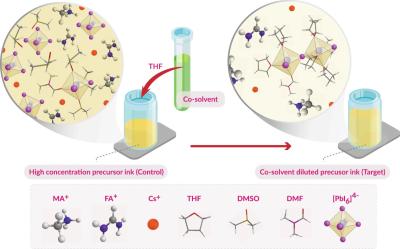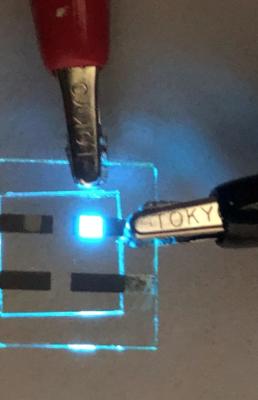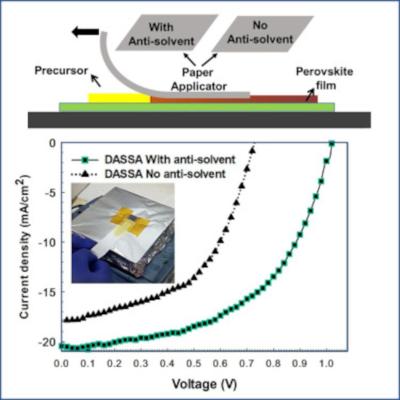Researchers study the origins of delamination to improve stability of perovskite/silicon tandem solar cells
Researchers from KAUST and the University of Bologna have examined the root causes of harmful top-contact delamination in p-i-n perovskite/silicon tandem solar cells. Their findings aim to improve the stability of tandem modules, and prompt a search for new interfacial linking strategies to enable mechanically strong perovskite-based solar cells, as required for commercialization.
In their work, by combining macroscopic and microscopic analyses, the team identified the interface between the fullerene electron transport layer and the tin oxide buffer layer at the origin of such delamination. Specifically, they found that the perovskite morphology and its roughness play a significant role in the microscopic adhesion of the top layers, as well as the film processing conditions, particularly the deposition temperature and the sputtering power.







